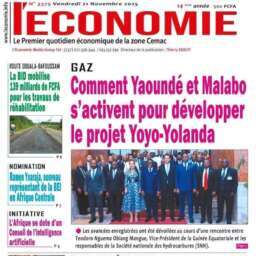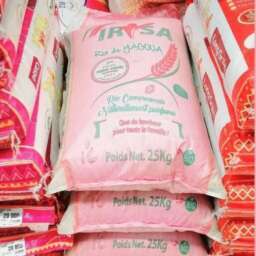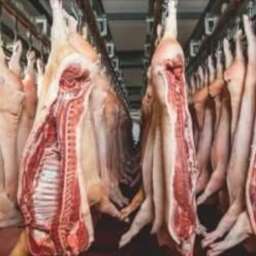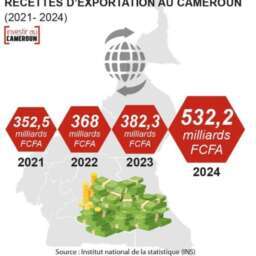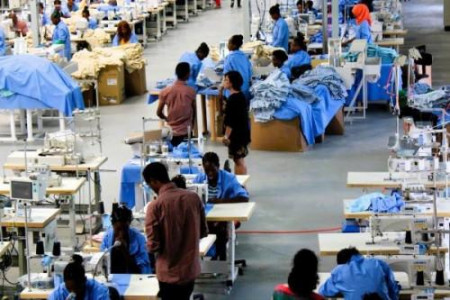(Business in Cameroon) – A consortium comprising Panafritex (the textile branch of Arise), Sodecoton, CNPS, and Marlo Properties Fincorp is preparing to launch a new integrated company, Camtext SA, focused on local processing of Cameroonian cotton. According to information obtained by Business in Cameroon, the technical and administrative planning is complete, with only the financial mobilization remaining for the 180 billion XAF (approximately $300 million) project.
The industrial hub will be situated in the Dibamba industrial and port zone, featuring spinning, weaving, knitting, and finishing units, and is expected to generate 12,000 jobs. Concurrently, a textile center of excellence in Garoua will train technicians and workers and house garment manufacturing activities, creating an additional 3,000 jobs. This territorial strategy combines the proximity of the cotton basin and Sodecoton’s expertise with access to Douala’s energy capacity for energy-intensive processes.
Initially, most of the production will target the Cameroonian market before a gradual expansion into the CEMAC region. Camtext SA plans to process 12,000 tons of Sodecoton’s cotton, integrating the value chain to limit raw fiber exports and maximize local value addition.
The preparatory phase is slated to begin in the first half of 2026, involving the recruitment and training of workers with support from the Ministry of Employment and Vocational Training, along with the establishment of the Garoua garment factory. The ramp-up is projected over four years, with optimal capacity targeted by 2033. The business model anticipates a return on investment within 11 years.
Modeled on Arise Benin
Inspired by Arise’s industrial complexes in Benin, the scheme aims to compete with Asian hubs, particularly dominant Chinese manufacturers. The project is expected to benefit from targeted tax exemptions on electricity, customs duties, and corporate tax to lower operating costs. The facility will use a combination of local cotton and synthetic fibers to optimize production prices.
The government’s goal is to reduce reliance on imports and revive local processing. Contrary to some speculation, the state-owned textile firm Cicam will not close; the government plans a modernization of the public site, with Camtext expected to enhance the national textile ecosystem.
This project aligns with the National Development Strategy 2020-2030 (SND30), which targets 600,000 tons of cotton production annually and 50% local processing by 2030 to rebuild a competitive sector. Currently, local producers cover only about 5% of the national market, which is heavily challenged by imports, often fueled by contraband, leading to factory closures, underutilized capacity, and job losses.
The roadmap targets two priority segments: apparel for defense, security forces, and public service (using 60% local cotton), and the production of sports goods (jerseys, tracksuits, sneakers, etc.) covering at least 50% of domestic demand. The initiative comes amid an unfavorable African and global climate, with production in the CFA zone having declined by 11.5% in 2024/2025 to 2.3 million tons due to climatic irregularities and pest infestations (PR-PICA), compounded by falling prices (around 890-900 XAF/kg). The promoters project an annual net result between 3 and 4 billion XAF. If realized, Camtext could reposition Cameroon as a major textile hub in Central Africa.
Ultimately, success will depend on rapid financial closure, reliable and competitive energy supply, logistics discipline on transport corridors, and effective protection against contraband, all conditions necessary to translate the investment into sustainable jobs and market share.
Amina Malloum





